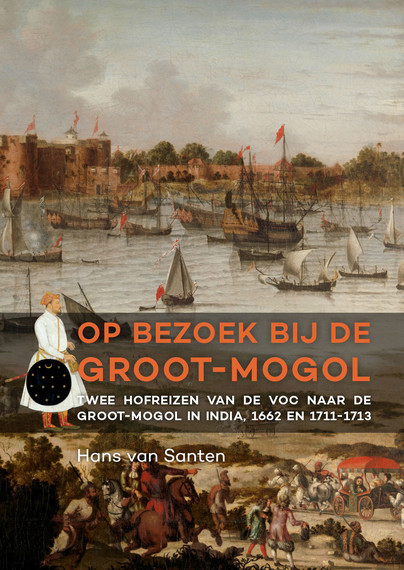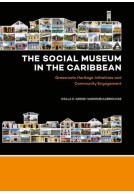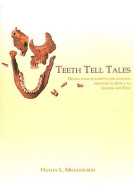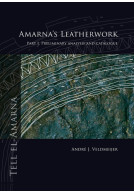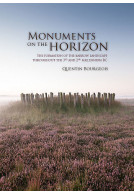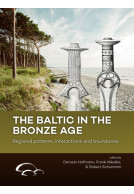Op bezoek bij de Groot-Mogol (Hardback)
Twee hofreizen van de VOC naar de Groot-Mogol in India, 1662 en 1711-1713
Pages: 152
Illustrations: 26 full colour illustrations
ISBN: 9789088903779
Published: 6th October 2016
Casemate UK Academic
(click here for international delivery rates)
Need a currency converter? Check XE.com for live rates
The Dutch East India Company (VOC) is known for its spices imported from the Moluccans. It is less well-known that apart from spices the VOC also imported many millions of calicoes from India during the 17th and 18th century. For a long time the Dutch were the most important foreign trader in India, using dozens of trading stations (‘ factories’) at which over 3000 Dutch company servants were deployed.
To be allowed to trade in India, so-called firmans were necessary, official orders by the Great-Mogol, laying down the trade privileges. These firmans had to be renewed regularly. After Aurangzeb became Great-Mogol, Van Adrichem undertook a journey to the royal court. In 1711-1713, fifty years later, Ketelaar did the same after Bahadur Shah, the successor of Aurangzeb, took office.
In this study both court journeys are analysed and compared. There are some similarities but the differences between both journeys are huge. In half a century India had changed quite dramatically, and so had the VOC. The central power of the Mogols was weakening and regional powers became more powerful. Many trade routes became too dangerous. At the same time India, and especially Bengal, became even more important within the overall trading system of the VOC. How did the VOC ambassadors, humble merchants by origin, behave at court?
Contrary to what one would expect, they adapted themselves quite successfully to the Mogol diplomatic culture. Both ambassadors were quite experienced, having worked as merchants for decades already in India. They had an extensive social network and were well-versed in Hindustani and Persian, the court language. Ketelaar even wrote the first grammar of Hindustani. This study depicts in detail the interaction between VOC ambassadors and the royal court. Also the extremely long and dangerous journeys from the coast to the royal court in the interior are described. The journey of Ketelaar has become famous for its length (two years) and incredible costs (over one million guilders). It was the most expensive court journey by the VOC in Asia ever.







